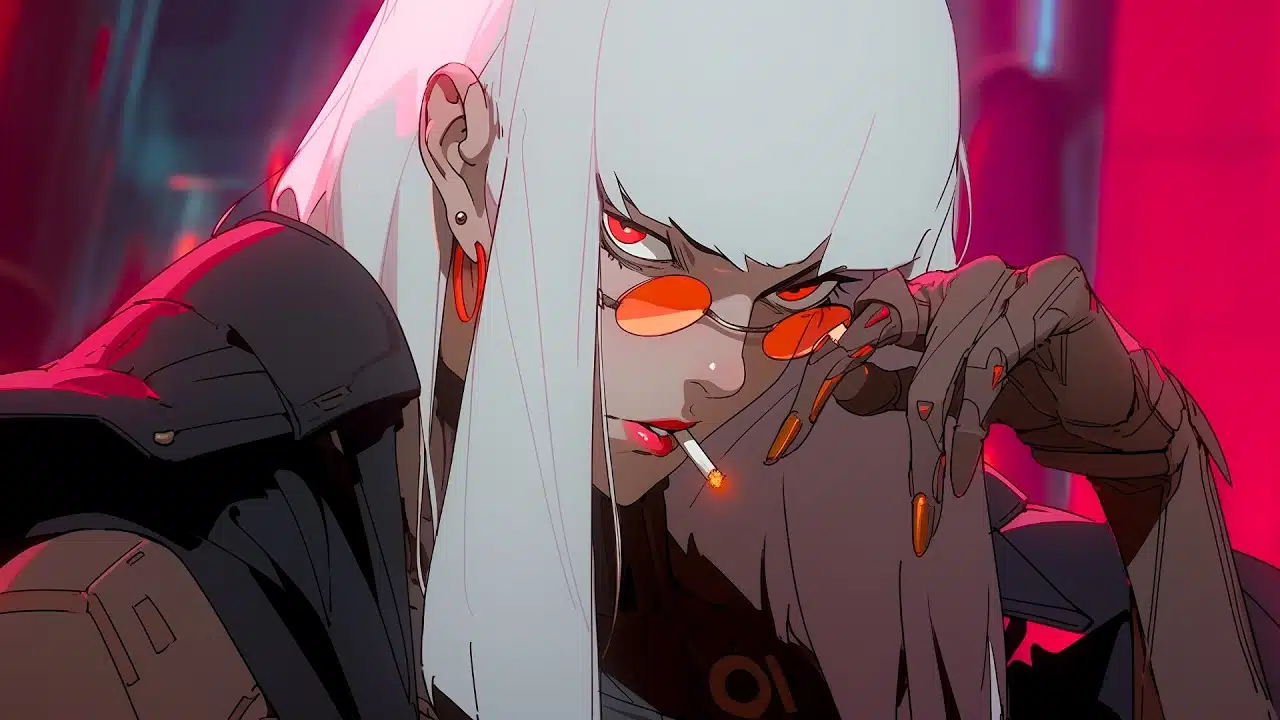The offer in terms of anime online is now overflowing, and the number of manga fans is growing. While we often talk and speculate about upcoming anime releases, we discuss the production process far less frequently. In this article, we’ll delve into the fascinating journey of anime creation. Find out how an anime is brought to life.

Pre-Production
The first major step in anime creation is pre-production, which is divided into three sub-steps:
- The Scenario:
- This involves crafting the story that will be narrated in the anime, including detailed actions and dialogues.
- It is often inspired by a manga but may undergo adaptations to suit the anime format.
- Design:
- Designers agree on the visuals of main recurring elements like settings and characters to maintain consistency throughout the anime.
- The Storyboard:
- The scenario is transformed into a storyboard, resembling a comic strip with various shots and brief descriptions of each scene.
If you’re a manga fan, you’ve likely encountered One Punch Man in recent years. In a short time, this manga has risen to global fame, earning its place as a cult classic. But what makes One Punch Man so beloved among fans? The answer lies in its captivating story, unique characters, and exceptional humor.
The Production
Once pre-production is complete, the process moves to production, which requires a director to oversee several stages:
- Layout & Key Poses:
- Animators outline scenes, creating the basic structure of what will happen. Each sequence is assigned to one person to ensure consistency.
- Layouts are reviewed and adjusted by the director and supervisors until they are approved.
- Clean-Up & In-Betweens:
- Artists redraw the approved layouts and key steps in a clean, polished manner.
- In-between frames are added to create smooth movements.
- Digital Coloring:
- Animators digitally color the drawings to bring them to life.
- 3D Animation (if necessary):
- While most Japanese anime is traditionally 2D, secondary elements like vehicles or crowds may be animated in 3D.
- Set Coloring:
- Backgrounds are colored separately, as they are reused throughout the anime.
- Compositing:
- All elements, including characters and backgrounds, are combined to create complete scenes.
Post-Production
After production, the anime enters post-production, where the final touches are applied:
- Editing:
- Individual shots are assembled into a cohesive sequence. Final cuts are made during this stage.
- Sound Post-Production:
- Music, sound effects, and voice dubbing are added to the edited version.
- Video Editing and Color Grading:
- Non-animated elements, such as opening and closing credits, are incorporated.
- Color grading ensures the visuals are consistent and vibrant.
At this point, the anime is complete and ready for release!
Conclusion
The creation of an anime is a meticulous and collaborative process involving multiple stages. From pre-production to post-production, every detail is carefully crafted to ensure an engaging and high-quality viewing experience. Understanding this journey adds even more appreciation for the art of anime.
